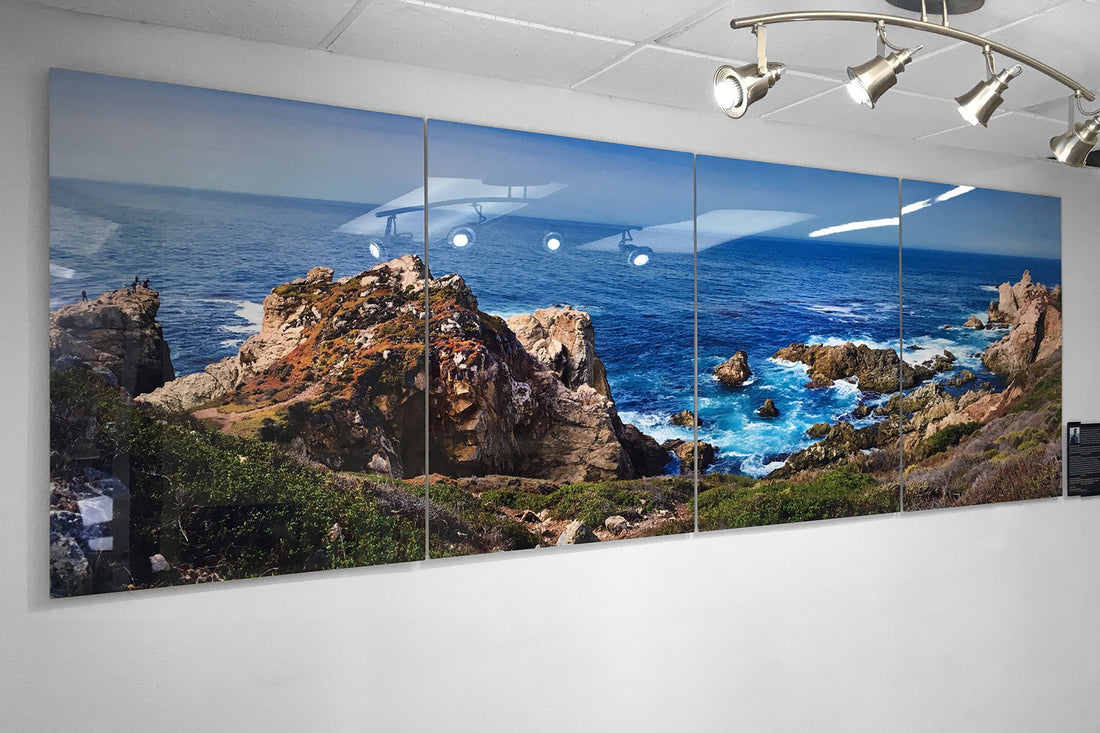
How Big Can I Print My Image?
Share
Any image can be printed as large as you want. It just depends on your expectations. From the fact that you’re reading this article on this website, I’d have to guess that you’re a more discerning person than the average Joe. So, I’m going to assume that you want an excellent quality print without any visible artifacts, jagged edges or pixelization. This will depend on two factors: viewing distance and image size (measured in quantity of pixels).
Viewing Distance
Viewing distance is very important because due to the limitations of human vision, the resolution (ppi – pixels per inch) requirement goes down as you get farther away from the print. And, since larger prints are meant to be viewed at farther distances, the required resolution of larger prints are less than smaller prints. For an extreme example, an optically clear 4”x6” print requires 300 ppi at about 2 ft away while an average billboard requires about 10 ppi at hundreds of feet away. Your large print probably falls closer to the 4×6.
You geeks can find more in-depth discussion about resolution and viewing distance here, http://www.northlight-images.co.uk/article_pages/print_viewing_distance.html
Once we considered the viewing distance of prints and file size, we came up with our subjective guideline below.
Image Size
If you have any interest in cameras, you’re familiar with the term, megapixels—the single most boasted technical spec on every digital camera. It’s the measurement of the amount of detail that can be captured by the camera. In short, the more megapixels you have, the larger you can print your image.
Here’s a list of common cameras and their image file sizes.